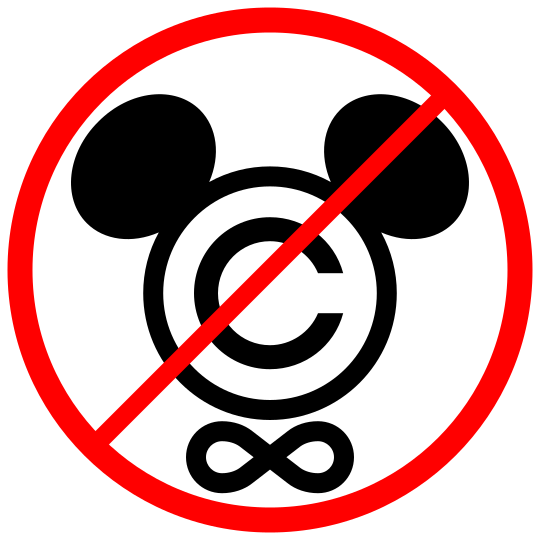Mickey Mouse’s Copyright Law
 How old is Mickey Mouse? Well, he’s about 82 years if he’s a day. So why is he still under copyright while other early cartoon stars are not? Well, for one, plenty of companies from that era went out of business long ago and their associated copyrights are either forgotten about or expired.
How old is Mickey Mouse? Well, he’s about 82 years if he’s a day. So why is he still under copyright while other early cartoon stars are not? Well, for one, plenty of companies from that era went out of business long ago and their associated copyrights are either forgotten about or expired.
Yet Mickey’s has not. He is still fully owned, and will continue to be owned, by the Walt Disney Company for the foreseeable future at least. Consistent enforcement of copyright is part of it. Disney is still very much in business, and is certainly enforcing its legal rights regarding infringement.
So why exactly does Mickey Mouse have his own copyright law? Well for one, it isn’t really his, its Sonny Bono’s (the guy with the bomb in Airplane, also he was a singer of some sort in the 60s). The act itself extended copyright terms in the US for 20 more years, on top of the life plus 50 years already offered. Corporate authorship is now 120 years, increased from 75 years.
The reason it’s called the Mickey Mouse law is the presumption, and possibility, that it was the looming date on which Mickey Mouse would enter the public domain, that coerced the Disney company to begin lobbying for such an extension.
What advantage does this serve? Well for one, it means Disney can continue to extract license fees for the old films for a start. It also prevents anyone else from making similar or derivative works based on the films.
Is this a good thing? Well for the copyright holder? Yes, they can continue to make money. Personally, I think this is a bad thing. OK, so you continue to own the character, but if he is freely available, then even more people can enjoy him, It may even push up demand for the films that are almost as old but still covered by copyright.
If you think about it, if the public domain was such a bad thing, publishers wouldn’t be publishing all those Jane Austin or Charles Dickens novels. Sure you can read them online for free, and yet people still buy the books, and publishers still make a profit from them, even though they aren’t covered by any copyright! Amazing isn’t it?
Do you think Disney would lose a ton of money just because a few films from the 20s and 30s enter the public domain? Unlikely. When was the last time you seen one of those films? For me it’s been a number of years.
So there you go. Mickey Mouse has his own law, and the company behind it is all the worse for it.
Mickey Mouse’s Copyright Law Read More »









